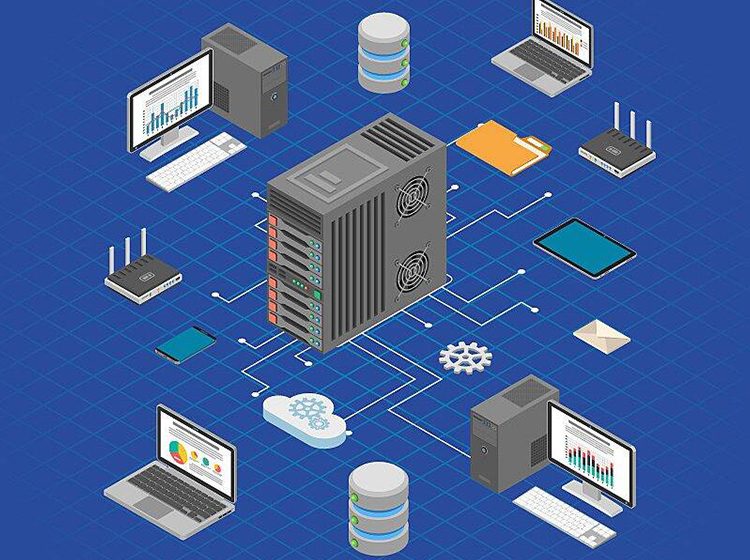The hardware, software, and equipment that make up an IT network are referred to as IT infrastructure. The network is vulnerable to a breach or malfunction if it lacks sufficient IT infrastructure.
The IT infrastructure of each organisation will differ differently. However, there are a few universal components that can be found in almost any network. A network switch, routers, network servers, and firewalls are examples of these components.
Your company's IT infrastructure must be constantly evolving and adapting to meet your needs. You must continually assess your infrastructure in order to spot any flaws. It's also critical to examine your infrastructure on a regular basis to ensure you're using the most up-to-date technologies.
Here are some top tips for improving the IT infrastructure in your business to reduce the risk of security breaches and enhance the efficiency of your network.

When working with a complicated IT network, issues are unavoidable. Automation is the way to go if you want to set yourself up for company success.
IT automation can help you save time, energy, and resources by streamlining your IT asset management. It can also reduce the likelihood of faults and weak places in your infrastructure, which could be exploited by cybercriminals.
You won't have to manually upgrade every component of your IT infrastructure, allowing your team to focus on other aspects of the company.
HCI stands for hyperconverged infrastructure, which is a ready-to-use version of the more typical three-tier IT architecture. HCI combines an x86-based server with advanced software to make implementation easier and less difficult.
HCI is more suited to companies looking to scale and extend their operations in the future. It allows businesses to maintain operational efficiency at a lower cost and with less IT maintenance.
The cloud is the digital location where all of your company's data is stored. Private clouds are exclusively accessible by your company, but public clouds are data that may be viewed by anybody outside of your company.
To guarantee that your data is safe and secure, you should examine your company's current cloud choice. Most businesses opt for multi-clouds or hybrid clouds since they are the most flexible solutions for covering a wide range of business needs.
End-user application performance is greater with multi-cloud and hybrid cloud choices, and they can be scaled more readily as your organisation grows. The way data is kept is the main distinction between a multi-cloud and a hybrid cloud.
Private and public data are stored in the same digital space by multi-clouds. A multi-cloud, on the other hand, will store private and public data on distinct clouds. In other words, the data between the two clouds is not exchanged.
In a hybrid cloud, all of the data is stored in the same location, but some of it is kept private while the rest is available to the public.
Due to the numerous advantages of employing a multi-cloud or hybrid cloud, more than two-thirds of businesses have made the switch. These new hybrid cloud models eliminate the need to select between a private and public cloud.